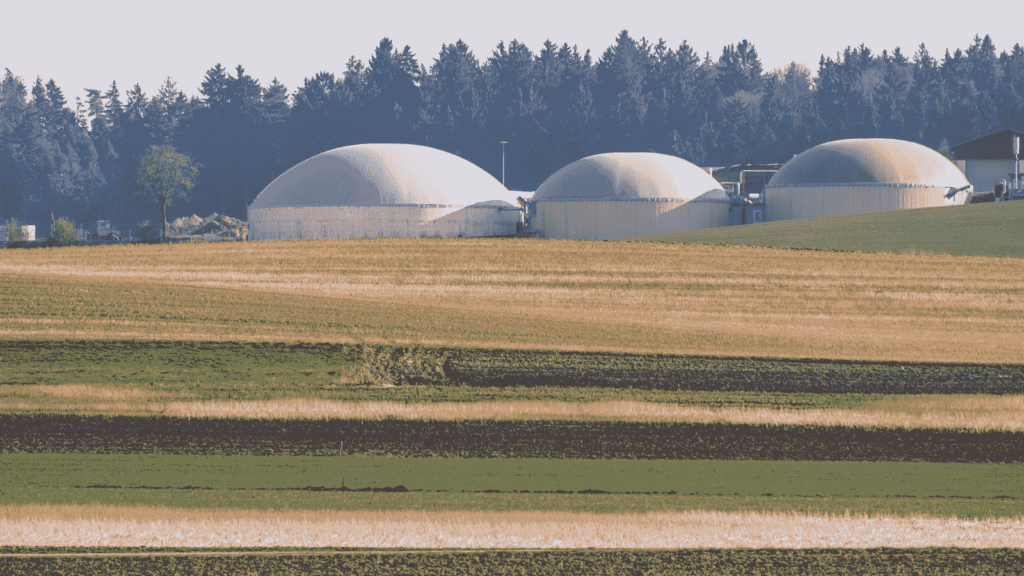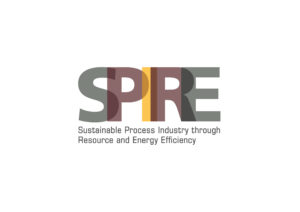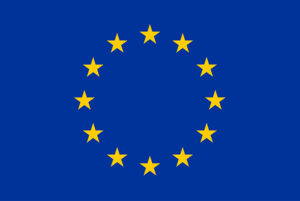ALTERNATIVE FEEDSTOCKS IN INDUSTRIAL INTENSIVE SECTORS –
Promoting a bio-based and circular economy
Brussels (May 12, 2021). The RETROFEED approach to Industrial System and Sources Integration for Low Carbon Fuels.
The circular economy involves keeping materials in use for as long as possible through actions such as recycling and reuse. The EU-funded RETROFEED project aims to address the longevity of industrial materials by retrofitting the core equipment of energy intensive industries, enabling the use of alternative feedstocks promoting bio-based and circular concepts. To ensure a lasting impact, the project also supports plant operators in their decision-making processes by incorporating innovative monitoring and control systems, through a specially-designed Decision Support System (DSS).
To demonstrate this approach in the five project sectors (ceramic, cement, aluminium, steel and agrochemicals), a scientific paper was submitted and presented at the 29th European Biomass Conference and Exhibition (EUBCE) on 29th April 2021. Among the many other interactive presentations, exhibitions and networking events, the conference aimed to contribute to the goal of accelerating research and market uptake of biomass globally. Six scientific tracks led the way in exchanging about how to achieve these goals: sustainable resources for decarbonising the economy; biomass conversion for bioenergy; biomass conversion to intermediate carriers; impacts & policies; bioenergy integration; and industry.
As part of the industry track, RETROFEED focused on the successful incorporation of alternative materials. Presenters from the CIRCE Foundation, with the lead of Sebastian Zapata, showcased a study which analysed the feasibility of adoption of bio-based and recycled alternatives in each industrial sector, considering both the trends in supply and demand, as well as specific process requirements. Internal wastes as potential sources of revenue or materials reclamation were also studied, in order to capture a full picture of the potential benefits to the circular economy.
Other presenters of the industry track included Felix Colmogren (WIP Renewable Energies) with a presentation on biomass market uptake opportunities and challenges; Dia Bacovsky (BEST) on how to adapt existing industrial facilities through BIOFIT; Patrick Reumerman (BTG group) on bioenergy retrofitting in Europe; and many more. The full conference proceedings are available on the conference website.

RETROFEED project: background
The project’s main objective is to enable the use of increasingly variable, bio-based and circular feedstock in process industries through retrofitting of core equipment. This activity foresees the implementation of an advanced monitoring and control system and the provision of support to the plant operators employing a DSS – decision support system, covering the production chain. A top priority is the development of a methodology to support retrofitting in the process industry, complemented by the DSS, to enable the performance of the diagnosis of the impact of different solutions. The demonstration takes place in five resource and energy-intensive sectors, namely ceramic, cement, aluminium, steel and agrochemical.
Five different approaches are being considered when performing the retrofitting activities: 1) the integration of feedstock mixtures of waste and/or by-products obtained within the plant; 2) the introduction of waste materials from outside the plant to complement the current furnace/reactor feedstock supply; 3) the use of bio-based sources as raw materials; 4) the combustion of bio-based fuels to reduce the current demand of fossil fuels; 5) the use of steel industry residues and other similar residues from other industrial sectors as alternative feedstock.
The project target aims at an increase of 22% in resource efficiency and 19% in energy efficiency, with subsequent reductions in costs and CO2 emissions. Moreover, from the very beginning of the project, the consortium has been working on the definition of a clear and accurate exploitation plan, to achieve a successful replication of the developed solutions after the end of the action.
RETROFEED Consortium Partners
The consortium is multidisciplinary, well-balanced and gathers expertise from 10 different European countries, therefore satisfying the ability to guarantee wide dissemination of the project outcomes as well as to maximise the opportunities for replication of the solutions developed. Project partners boast, in fact, years of experience in European projects and the development of innovative industrial solutions.
The consortium consists of 4 RTD performers (Coordinator: CIRCE Foundation; AIMEN Technology Centre; Instytut Energetyki; Rina Consulting – Centro Sviluppo Materiali) that will focus on the characterisation and validation of the demo-sites and the development of the preliminary design of some solutions; 4 engineering and technology companies (Optit Srl; Odys Srl; Sistem Teknik Endüstriyel Fırınlar LTD; HTT ENGINEERING, Spol. S.r.o) in charge of the manufacturing and implementation of the RETROFEED solutions making use of the developments of the RTDs; 6 end-users (Torrecid SA; Secil-Companhia Geral de Cal e Cimento SA; Asas Aluminyum Sanayi Ve Ticaret AS; Ferriere Nord Spa; Fertiberia SA; Silcotub SA) that will act as data providers and support the development of the process by integrating the solutions developed in their facilities; and 4 horizontal partners (IVL Swedish Environmental Research Institute; Energy Efficiency in Industrial Processes ASBL; Geonardo Environmental Technologies Ltd; Rina Consulting Spa) working in the area of results validation, project business exploitations, dissemination and knowledge transfer.
For more information
- Dr Ana Isabel Gonzalez Espinosa (CIRCE – Project Coordinator) aigonzalez@fcirce.es
- Dr Diego Redondo Taberner (CIRCE – Project Manager) dredondo@fcirce.es
- Ms Marianna Santavenere (EEIP – Communication and Dissemination) marianna.santavenere@ee-ip.org
This project has received funding from the European Union’s Horizon 2020 research and innovation programme under grant agreement No. 869939. The responsibility for the information and the views set out in this press release lies entirely with the authors. The European Commission is not responsible for any use that may be made of the information it contains.
This release was published on EU agenda CORDIS

